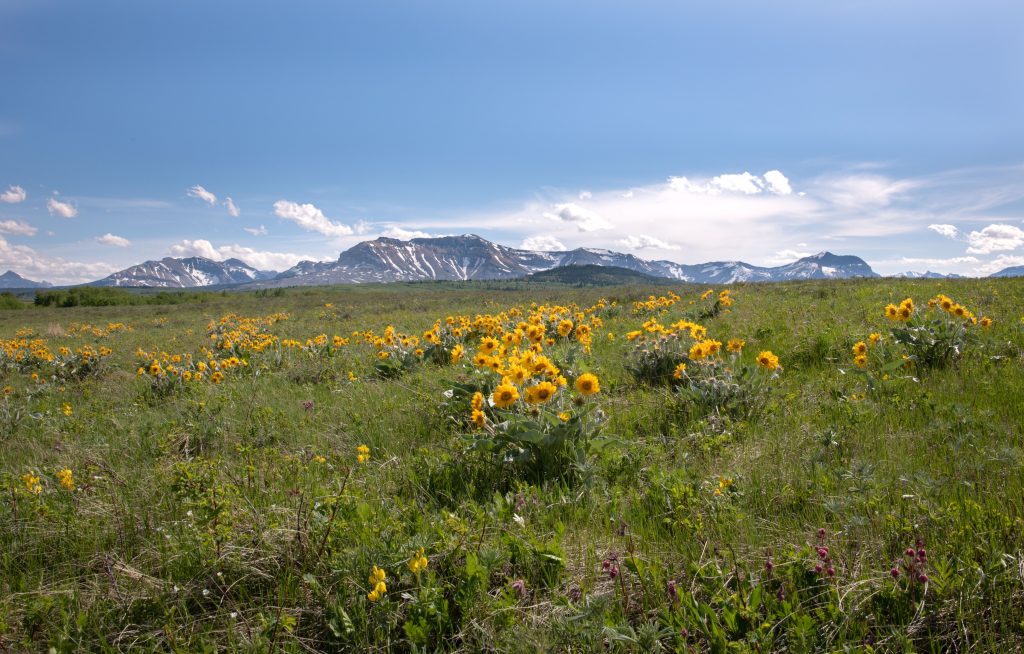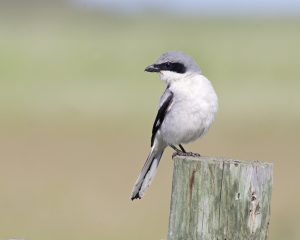My BIG Alberta Backyard – Waterton Biosphere Reserve

BY STEPH WEIZENBACH, NATURE NETWORK COORDINATOR
Alberta is a great place to live. It’s a big beautiful province full of all kinds of natural wonders. This is where we introduce you to the diversity of wildlife, and unique and interesting wild spaces, that are part of your Big Alberta Backyard. This time, let’s explore the Waterton Biosphere Reserve.
What is a Biosphere Reserve?
A Biosphere Reserve is an area where biodiversity — wild variety of plants and animals — meets sustainable development. The Waterton Biosphere Reserve is a mosaic of protected parks, First Nations Reserves, and a variety of public and private land. It is an area where people come together to work, live, and play among ecologically important places while conserving the environment — keeping the plants, animals, air, water, and land healthy.
Waterton Biosphere Reserve
The Waterton Biosphere Reserve is located in southwestern Alberta, where the prairies meet the Rocky Mountains. Do you live in the biosphere reserve? You do if you live in the Piikani Reserve, Kainai Reserve, Pincher Creek, Cardston County, or Crowsnest Pass.
The parks and recreation areas of the biosphere reserve provide visitors with a wide variety of outdoor activities. From scuba diving to horseback riding to rock climbing, your opportunities to explore are endless. My personal favourite is to just go for a walk on the trails and enjoy the scenery and surroundings. Whatever activity you choose, the wildlife viewing opportunities are sure to be memorable, so keep your head up and eyes open!
Waterton Wildlife
As you travel along the roads in the Waterton Biosphere Reserve, keep an eye out for bighorn sheep licking salt off the road, elk meandering through the meadows, mountain goats perched on rocky outcroppings, and if you’re lucky, grizzly bears munching on dandelions in the ditch.
Taking a hike along a trail with mountainous rubble, listen for the high-pitched squeak of a small mammal in the rabbit family called a pika. Search the rocks for the pudgy little brown critter with no visible tail and big, round ears. Found it? Stop and observe. You will see the pika collecting flower heads and grasses to stash them in their den, to prepare for the inevitable winter.

Loggerhead Shrike by Gerald Romanchuk
Bring your binoculars and identification guide to learn about the birds along your journey. You may see a bald eagle perched in a tree, witness an osprey catching a fish from the lake, or hear the eerie yodeling call of a common loon. When in a grassy field, check the barbs on a barbed wire fence for impaled grasshoppers. This is a sign that loggerhead shrikes are nearby. Look for a robin-sized, white and grey bird with black markings, including a mask that extends from its eyes to its raptor-like beak. They hunt for insects and impale their prey on thorns or barbs, to eat later. Loggerhead shrikes are designated “threatened,” meaning they are likely to disappear if something isn’t done to help protect them now. The Waterton Biosphere Reserve helps protect many species at risk, such as this shrike, by tying the conservation efforts of the entire region together, and bringing balance to the landscape.
This article originally ran in Nature Alberta Magazine - Spring 2021.
